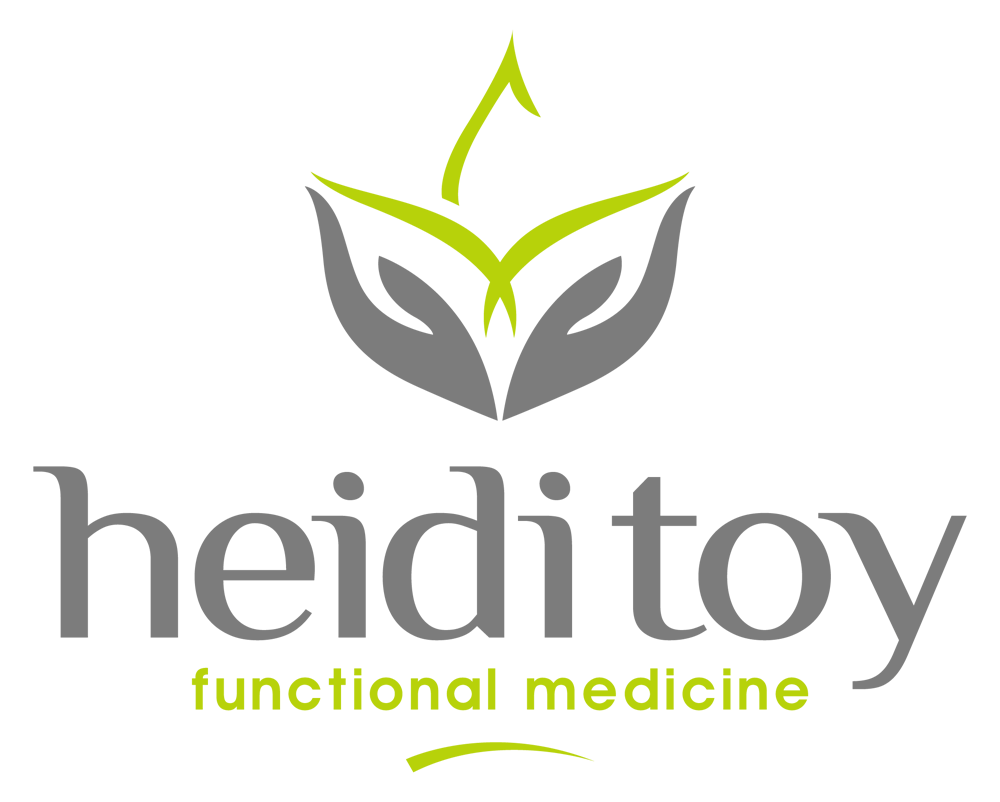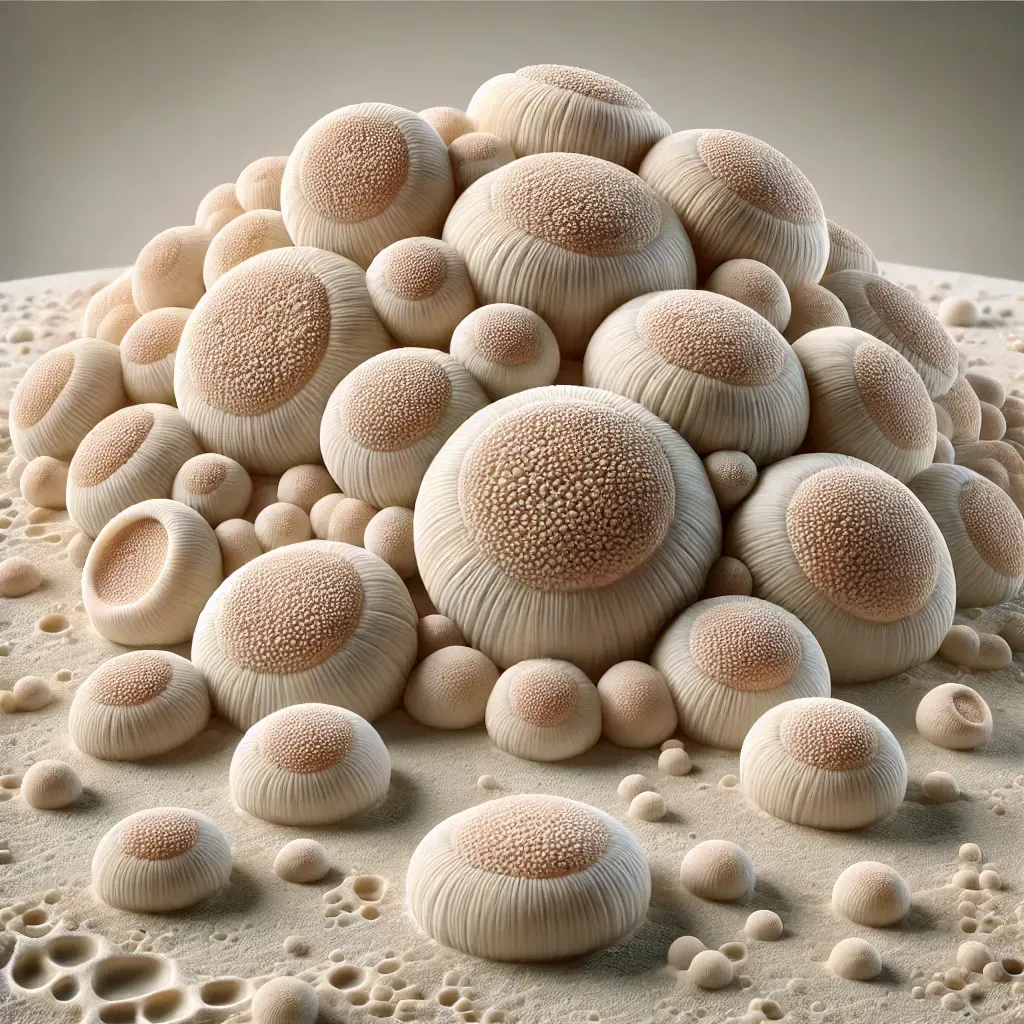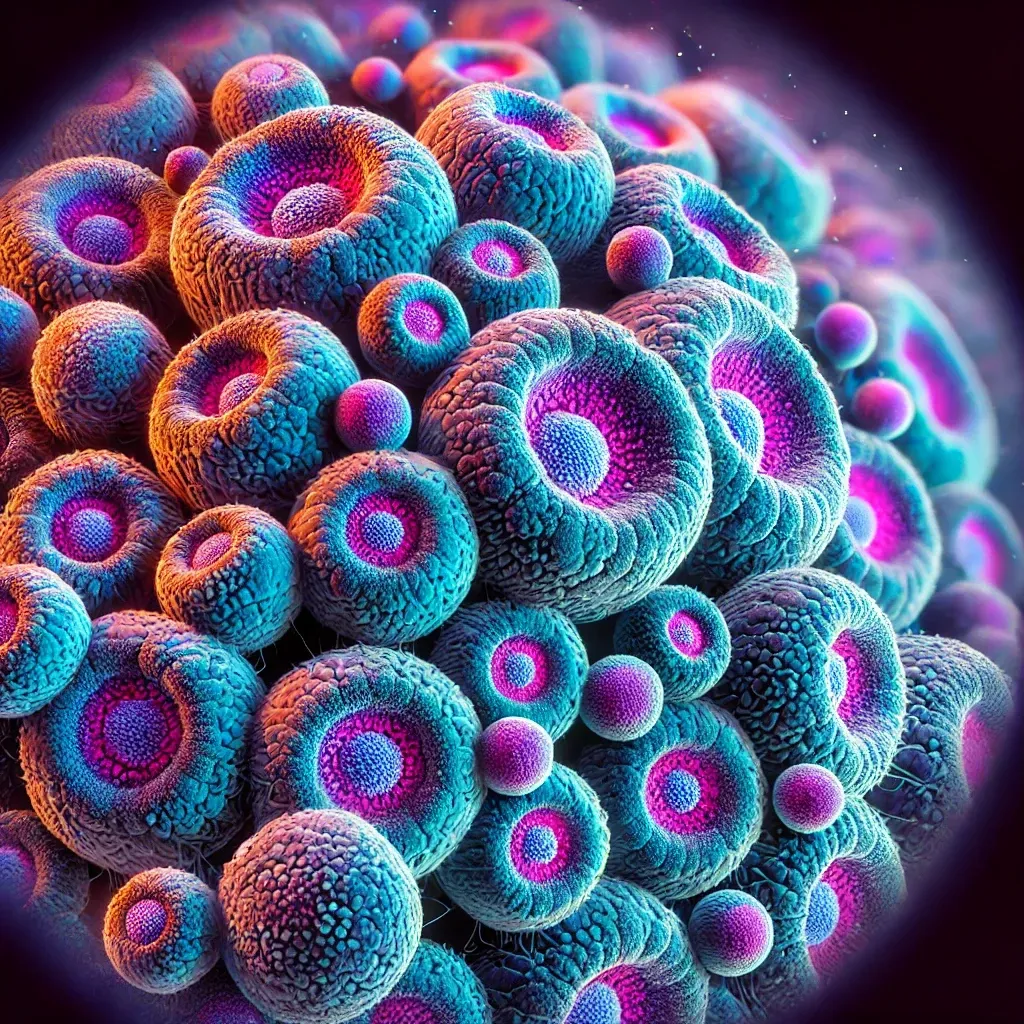5 Ways to Reduce Cortisol Levels and Combat Weight Gain
Cortisol and weight gain often go hand in hand, but there are ways to break the cycle. Discover five effective ways to reduce cortisol levels and prevent weight gain.

Cortisol is a hormone that is released in response to stress, and it can contribute to weight gain if levels remain elevated for extended periods of time. However, there are several strategies that can help reduce cortisol levels and prevent weight gain. Learn about five effective ways to break the cycle of cortisol and weight gain.
Get Enough Sleep
One of the most effective ways to reduce cortisol levels and combat weight gain is to prioritize getting enough sleep. Lack of sleep can lead to increased cortisol levels, which can in turn lead to increased appetite and weight gain. Aim for 7-9 hours of sleep per night, and establish a consistent sleep schedule to help regulate your body's cortisol levels. Additionally, practicing relaxation techniques before bed, such as meditation or deep breathing, can also help reduce cortisol levels and promote better sleep.
Practice Mindfulness and Relaxation Techniques
In addition to getting enough sleep, practicing mindfulness and relaxation techniques can also help reduce cortisol levels and combat weight gain. Activities like yoga, meditation, and deep breathing can help reduce stress and promote relaxation, which can in turn lower cortisol levels. Incorporating these practices into your daily routine can help you manage stress and maintain a healthy weight.
Exercise Regularly
Regular exercise is one of the most effective ways to reduce cortisol levels and combat weight gain. Exercise releases endorphins, which are natural mood boosters that can help reduce stress and anxiety. Additionally, exercise can help improve sleep quality, which can also help lower cortisol levels. Aim for at least 30 minutes of moderate-intensity exercise most days of the week, such as brisk walking, cycling, or swimming.
Eat a Balanced Diet
Eating a balanced diet is another important way to reduce cortisol levels and prevent weight gain. Consuming a diet rich in fruits, vegetables, whole grains, lean proteins, and healthy fats can help regulate blood sugar levels and reduce inflammation, both of which can contribute to elevated cortisol levels. Additionally, avoiding processed and sugary foods can help prevent spikes in cortisol levels and subsequent weight gain. Consider working with a registered dietitian to develop a personalized nutrition plan that meets your individual needs and goals.
Limit Caffeine and Alcohol Intake
Both caffeine and alcohol can contribute to elevated cortisol levels, so it’s important to limit your intake of these substances. Caffeine is a stimulant that can increase cortisol production, especially when consumed in large amounts or later in the day. Alcohol, on the other hand, can disrupt sleep patterns and lead to increased cortisol levels. Aim to limit your caffeine intake to one or two cups of coffee per day and avoid consuming alcohol before bed. Instead, try drinking herbal tea or water to help you relax and unwind.
Don't Miss Out!

Heidi Toy Functional Medicine Blog






















































































